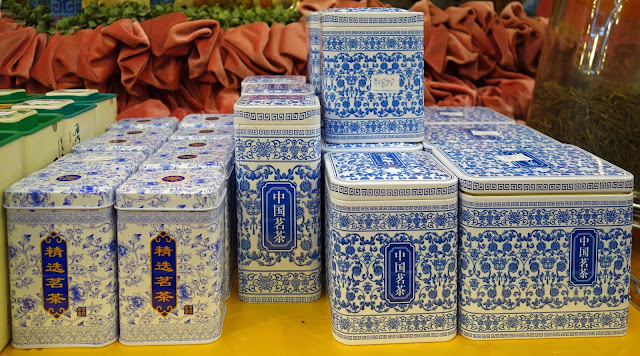With the arrival of the spice-ships in Europe in the 17th century, bakers started experimenting with spices. Fresh ginger, which never made it into Dutch savoury cooking, found it's way into its baking. Even today, gingerbread with chunks of candied ginger, is a breakfast delight. We had company last night and I baked these delicious gingersnaps to go with ice cream.
Gingersnaps
2 cups all-purpose flour
2 teaspoons baking soda
1 teaspoon ground cinnamon
1/4 teaspoon ground cloves
1/4 teaspoon freshly ground pepper
1/2 teaspoon salt
3/4 cup unsalted butter, room temperature
1 1/4 cups packed dark-brown sugar
1/4 cup molasses
2 tablespoon finely grated, peeled ginger one 3-inch piece
1 large egg
1/4 cup granulated sugar
In a large bowl, whisk together the flour, baking soda, cinnamon, cloves, pepper, and salt; set aside.
In a large bowl, beat butter, brown sugar, molasses, and ginger on medium-high speed until light and fluffy. Beat in the egg until smooth and combined. Add flour mixture, and beat on low until just combined. Transfer dough to a bowl and wrap in plastic; refrigerate until well chilled, about 1 hour or overnight.
Preheat the oven to 350 degrees F, with racks in the centre and lower third. Line two large baking sheets with parchment paper. Shape dough into 1-inch balls. Place granulated sugar in a shallow bowl; roll balls in sugar until completely coated, and place about 2 inches apart on the prepared sheets as the cookies spread. Makes about 36 cookies.
Bake, rotating sheets halfway through until cookies are deep golden all over and centres are firm, 15-18 minutes or 20 minutes for crisper cookies. Transfer cookies to a wire rack to cool. A tin container will keep cookies crisp.


















































